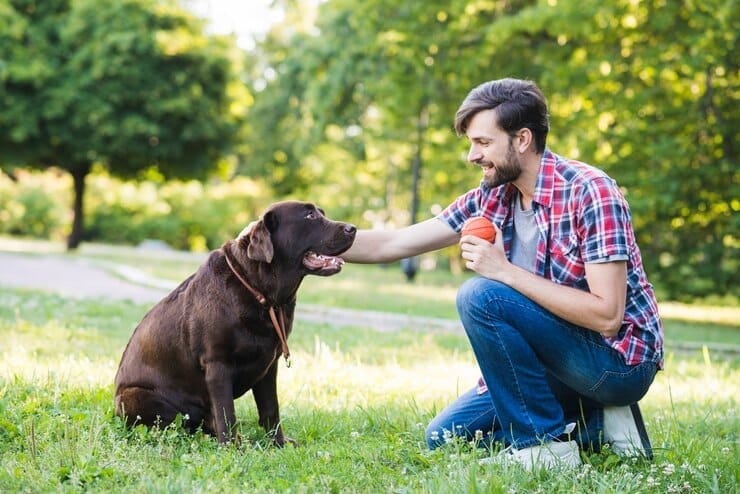Neutering is a common procedure for dogs that involves the removal of their reproductive organs. It is often recommended by veterinarians to prevent unwanted litter and reduce the risk of certain health issues. However, many dog owners are unsure about how soon they can resume normal activities with their pets after the procedure, particularly when it comes to walking. So, "How Soon Can I Walk My Dog After Neutering?" Let's explore the post-neutering recovery process and discuss when it is safe to take your dog for walks again, ensuring their well-being and a smooth recovery.
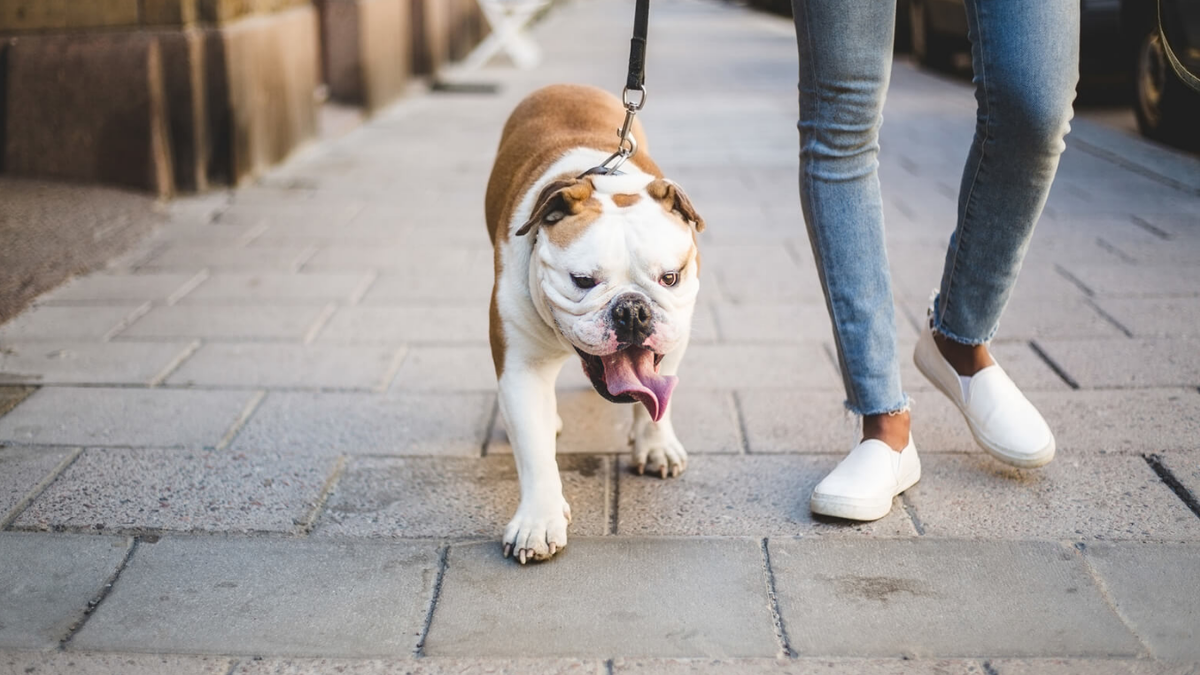
Understanding Neutering Neutering is a surgical procedure that involves removing a male dog's testicles or a female dog's ovaries and uterus. The procedure is typically performed under general anesthesia and requires a period of recovery afterward. While the surgery itself is relatively straightforward, the recovery process can vary depending on the dog's age, health, and other factors.
Walking After Neutering One of the most common questions dog owners have after their pet has been neutered is when they can resume walking. While there is no one-size-fits-all answer, most veterinarians recommend waiting at least 10-14 days before taking your dog on a walk. During this time, your dog will need to rest and recover from the surgery, and too much activity can interfere with the healing process.
Understanding Neutering
Neutering Procedure Overview
Neutering is a surgical procedure that removes the reproductive organs of male dogs. This procedure is also known as castration. During the procedure, the veterinarian will make an incision in the scrotum and remove the testicles. The incision is then closed with sutures that will dissolve on their own.
The procedure is usually performed under general anesthesia and takes about 30 minutes to complete. After the surgery, the dog will need to be monitored for a few hours to ensure that they are recovering well.
Benefits of Neutering
There are many benefits to neutering a male dog. One of the biggest benefits is that it can help to reduce the risk of certain health problems. For example, neutered dogs have a lower risk of developing testicular cancer and prostate problems.

Neutering can also help to reduce unwanted behaviors in male dogs. For example, neutered dogs are less likely to roam, mark their territory, and display aggressive behavior. This can make them easier to train and more pleasant to be around.
Additionally, neutering can help to reduce the overpopulation of dogs. By neutering male dogs, they will not be able to reproduce and contribute to the already large population of unwanted dogs.
In conclusion, neutering is a common and safe procedure that can provide many benefits for male dogs and their owners. It is important to discuss the procedure with a veterinarian to determine if it is the right choice for your dog.
Post-Neutering Care
Immediate Post-Operative Care
After neutering, it is important to provide immediate post-operative care for your dog to ensure a smooth recovery. The veterinarian will provide instructions on how to care for your dog after the surgery, but here are some general guidelines to follow:
- Keep your dog in a quiet and comfortable area to rest.
- Monitor your dog's behavior and appetite.
- Check the incision site regularly for any signs of infection or inflammation.
- Do not allow your dog to lick or chew the incision site.
- Follow the veterinarian's instructions for feeding and medication.
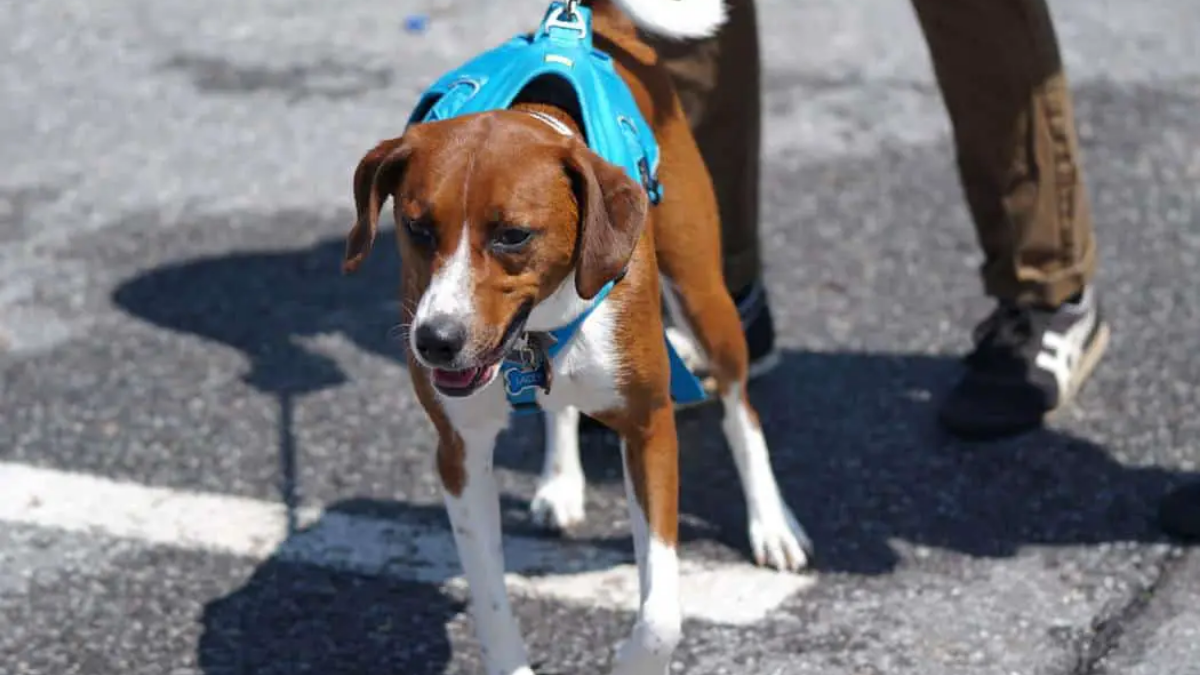
Pain Management and Monitoring
Neutering can cause pain and discomfort for your dog, so it is important to manage their pain and monitor their behavior to ensure they are healing properly. Here are some tips for pain management and monitoring:
- Administer any prescribed pain medication as directed by the veterinarian.
- Monitor your dog's behavior for signs of pain, such as whimpering or reluctance to move.
- Use a cone or other device to prevent your dog from licking or chewing the incision site.
- Check the incision site regularly for any signs of redness, swelling, or discharge.
- Contact the veterinarian if you notice any signs of infection or if your dog's behavior changes significantly.
By following these guidelines for post-neutering care, you can help ensure a smooth and successful recovery for your furry friend.
Activity Restrictions
First 24 Hours After Surgery
After neutering, it's important to restrict your dog's activity for the first 24 hours to allow them to recover from the anesthesia. Your dog may be disoriented and unsteady on their feet, so it's best to keep them in a quiet, comfortable place where they can rest undisturbed.

During this time, your dog should not be allowed to jump, run, or play. It's also important to keep them from licking or chewing at the incision site, as this can cause irritation and delay healing. To prevent this, you may need to use an Elizabethan collar or other protective device.
Days 2-7 Post-Surgery
After the first 24 hours, your dog can gradually begin to resume normal activities, but it's important to continue to restrict their activity for several days to allow the incision site to heal. During this time, your dog should still avoid strenuous exercise, such as running or jumping, and should be kept on a leash when going outside.
It's also important to continue to monitor your dog for signs of discomfort or infection, such as redness, swelling, or discharge from the incision site. If you notice any of these symptoms, contact your veterinarian immediately.
Overall, it's important to follow your veterinarian's instructions regarding activity restrictions after neutering to ensure a smooth and speedy recovery for your furry friend.
Walking After Neutering
Short Walks Introduction
After neutering, it is important to give your dog enough time to recover before taking them on long walks. The length of time required for recovery may vary depending on the dog's age, size, and overall health. In general, it is recommended to wait at least 24 hours before taking your dog for a short walk.
During the first few days after neutering, it is important to keep your dog calm and relaxed. Short walks that last no longer than 10-15 minutes are recommended. This will help your dog to gradually get used to being active again without causing any discomfort or injury.
Gradual Increase in Activity
After the first few days, you can gradually increase the length and intensity of your dog's walks. It is important to pay attention to your dog's behavior and adjust the length and intensity of the walks accordingly.
If your dog seems tired or uncomfortable during the walk, it may be a sign that they need more time to recover. In this case, it is best to reduce the length and intensity of the walks until your dog is fully recovered.
In conclusion, walking after neutering requires a gradual increase in activity. It is important to start with short walks and gradually increase the length and intensity of the walks as your dog recovers. Paying attention to your dog's behavior and adjusting the walks accordingly is key to ensuring a safe and comfortable recovery period.

Monitoring Your Dog's Recovery
After neutering, it is important to closely monitor your dog's recovery to ensure a smooth healing process. This involves keeping an eye on the incision site and watching for any potential complications.
Incision Site Care
The incision site should be kept clean and dry to prevent infection. Your veterinarian may recommend using an Elizabethan collar or other protective device to prevent your dog from licking or biting at the incision site. It is important to follow any instructions given by your veterinarian regarding incision site care.
You may also need to limit your dog's physical activity during the recovery period. This may include avoiding walks or other strenuous activities for a certain amount of time. Your veterinarian can guide how long to restrict activity based on your dog's situation.
Recognizing Complications
While complications after neutering are rare, it is important to be aware of potential signs of complications. Signs of infection may include redness, swelling, discharge, or a foul odor at the incision site. If you notice any of these signs, contact your veterinarian immediately.
Other potential complications may include excessive bleeding, difficulty urinating or defecating, or signs of pain or discomfort. If you notice any of these symptoms, contact your veterinarian right away.
By closely monitoring your dog's recovery and following any instructions provided by your veterinarian, you can help ensure a smooth and successful healing process after neutering.
Long-Term Health and Behavior
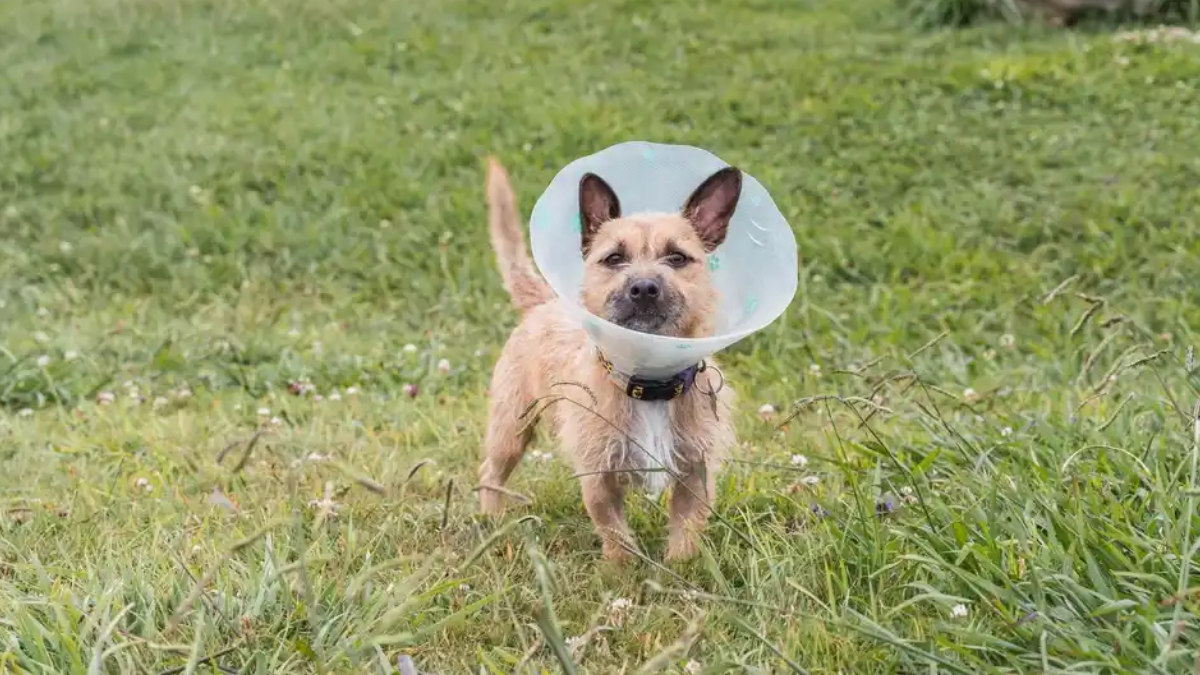
Physical Health Considerations
After neutering a dog, it is important to monitor their physical health and take necessary precautions to prevent complications. Dogs may experience pain, swelling, and bruising in the surgical area, but this typically resolves within a few days to a week.
It is important to prevent your dog from licking or biting the surgical site, as this can lead to infection. Your veterinarian may recommend an Elizabethan collar to prevent your dog from accessing the area.
Additionally, dogs may experience changes in their metabolism and weight after neutering. It is important to monitor their diet and exercise to prevent obesity and related health issues.
Behavioral Changes Post-Neutering
Neutering can also lead to changes in a dog's behavior. Male dogs may become less aggressive and less likely to roam in search of a mate. Female dogs may experience a decrease in territorial behavior and less frequent heat cycles.
However, neutering is not a guarantee for behavior modification and should not be relied upon as the sole solution for behavior issues. Training and socialization should still be a priority for all dogs.
It is important to note that neutering may not have an immediate effect on a dog's behavior and may take several weeks to months to see changes. Patience and consistency with training are key.
Overall, neutering can have positive long-term effects on a dog's health and behavior, but it is important to work closely with a veterinarian and continue proper care and training.
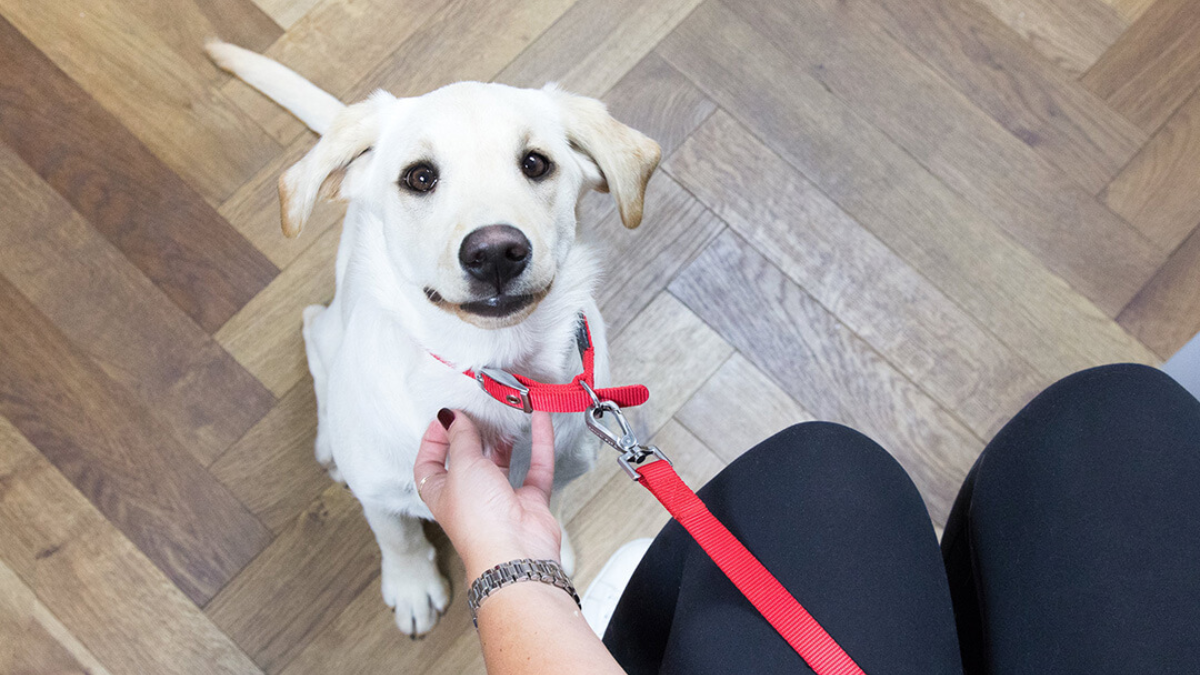
Conclusion
In conclusion, the question "How soon can I walk my dog after neutering?" is crucial for ensuring your pet's post-operative care and recovery. While each dog's recovery time may vary based on factors such as age, health, and the specific surgical procedure, there are general guidelines to follow.
Typically, veterinarians recommend restricting strenuous activity, including walks, for at least a week after neutering surgery to allow for proper healing. During this time, it's essential to provide your dog with a comfortable and quiet environment to rest and recuperate.
After the initial recovery period, gradually reintroduce short, leash-controlled walks to prevent complications and ensure your dog's safety. Monitor your pet closely for any signs of discomfort or strain during walks, and adjust the duration and intensity of exercise accordingly.
In addition to walking, consider implementing other forms of mental and physical enrichment, such as puzzle toys or gentle playtime, to keep your dog stimulated without risking their recovery.
Overall, prioritizing your dog's well-being and following your veterinarian's guidance regarding post-neutering care is essential for a smooth and successful recovery process. By taking proactive steps and being patient during this time, you can help ensure your furry companion's health and happiness in the long run.
Frequently Asked Questions (FAQs)
- What is the recommended recovery time before walking my dog post-neutering?
- The recommended recovery time before walking a dog post-neutering varies depending on the size, age, and overall health of the dog. Typically, dogs should be kept calm and confined to restrict their activity for at least 7-10 days post-surgery. After this period, short and slow walks can be introduced, gradually increasing the duration and intensity of exercise over the next few weeks.
- Are there specific signs to watch for indicating complications after my dog's neutering surgery?
- Some common signs of complications after neutering surgery include lethargy, loss of appetite, vomiting, diarrhea, swelling, redness, bleeding, or discharge from the surgical site. If any of these symptoms appear or persist, it is recommended to contact a veterinarian immediately.
- How long does it typically take for a dog's testosterone levels to normalize after neutering?
- After neutering, it typically takes a dog's testosterone levels to normalize within 2-4 weeks. During this time, it is important to monitor the dog's behavior and limit any aggressive or dominant behavior toward other dogs or people.
- What changes in behavior can be expected after a dog is neutered, and when?
- After neutering, some changes in behavior can be expected, including a decrease in territorial marking, roaming, aggression, and sexual behavior. These changes can occur within a few days to a few weeks after the surgery.
- What is the appropriate duration and level of exercise for my dog after spaying or neutering?
- The appropriate duration and level of exercise for a dog after spaying or neutering depends on the individual dog's health, age, and size. It is recommended to start with short and slow walks, gradually increasing the duration and intensity of exercise over time. It is important to avoid high-impact activities, such as jumping or running, for at least 2-3 weeks after the surgery.
- How many days should I wait before allowing my dog to engage in play post-neutering?
- It is recommended to wait at least 7-10 days before allowing a dog to engage in any play or high-impact activities post-neutering. This allows for proper healing of the surgical site and reduces the risk of complications.
